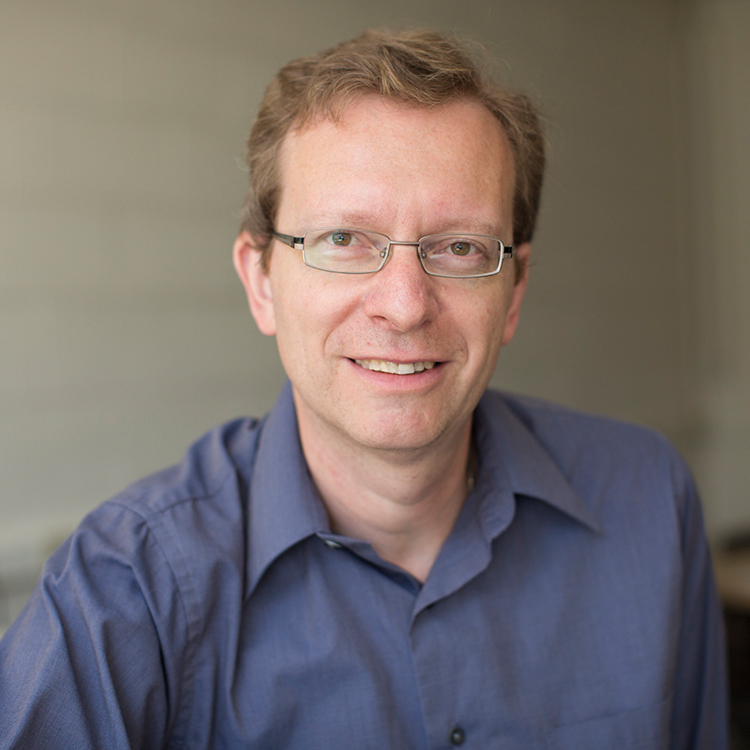Flat Optics and Their Applications in Spectroscopy: Metasurface-Enhanced Infrared Reflection Spectroscopy
This webinar is hosted By: Applied Spectroscopy Technical Group
17 January 2024 12:00 - 13:00
Eastern Time (US & Canada) (UTC -05:00)You're invited to join the Applied Spectroscopy Technical Group for a three-part virtual seminar series on flat optics and their applications in spectroscopy. The second session will feature a talk from Prof. Gennady Shvets from Cornell University.
The ability to distinguish between different states of a given cell, as well as between different types of cells, is crucial for a variety of fundamental and clinical life sciences applications. Those include: monitoring biochemical processes, detection of the drug effects, and real-time non-pertubative imaging of living cells. Prof. Shvets will describe an experimental technique developed in his lab – Metasurface-Enhanced Infrared Reflection Spectroscopy (MEIRS) – used to produce chemical images of evolving live cells with diffraction-limited spatial resolution. By interrogating the natural chemical bonds of the biomolecules (proteins, lipids, carbohydrates) comprising a live cell, MEIRS is an ultimate label-free high-content imaging assay that can be carried out over long periods of time. Photo-toxicity is avoided because of the low optical power and the long wavelength of light, and because no fluorescent stains are required. By integrating metasurfaces with multi-well titer plates, we enable high-throughput chemical imaging assays capable of detecting cell response over physiologically-relevant long periods of time.
Speakers
Gennady Shvets
Cornell University
Gennady Shvets is a Professor of Applied and Engineering Physics at Cornell University. He received his PhD in Physics from MIT in 1995. Before moving to Cornell in 2016, he was on the physics faculty of the University of Texas at Austin for 12 years. His research interests include nanophotonics, optical and microwave metamaterials and their applications (including bio-sensing, optoelectronic devices, and vacuum electronics), topological concepts in photonics, and intense laser-matter interactions. He is the author or co-author of more than 250 papers in refereed journals, earning him the designation of a Highly Cited Researcher by Clarivate (publisher of Web of Science) in 2019-2022. He is a Fellow of the American Physical Society (APS), Optica, and SPIE. Professor Shvets is one of the pioneers in the emerging field of active optical metamaterials and their integration with other controllable platforms, such as liquid crystals and 2D materials. His most recent work deals with the applications of metamaterials and plasmonics to biosensing and molecular fingerprinting of proteins and live cells using metamaterial arrays, electrically-controlled nanoscale photonic topological insulators, graphene-based metamaterials, and multi-color meta-optics. His group developed some of the pioneering concepts in the emerging field of ultra-fast nanophotonics, including ultrafast amplitude/phase modulation and polarimetry using graphene-integrated metasurfaces, broadband high-harmonics generation, and varifocal multi-color metalenses.

